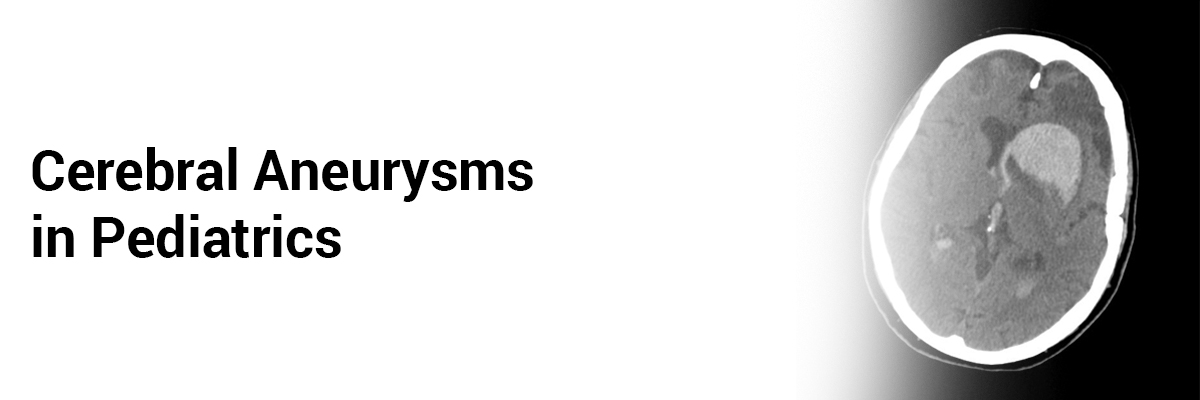
 IJCP Editorial Team
IJCP Editorial Team
Cerebral aneurysms in pediatrics
A 6-month-old baby boy presented to them with irritability and generalized lethargy over the past week.
The child had been suffering from an upper respiratory tract infection for three weeks. The baby was born through a vaginal delivery after an uncomplicated pregnancy. No abnormalities were encountered during the postnatal period.
The patient was immediately intubated upon hospitalization, owing to the low Glasgow Coma Scale (GCS) and for airway protection. Physical examination before the intubation elicited a low-grade fever along with right hemiplegia and hyperreflexia of the right limbs.
A Computed Tomography (CT) scan revealed a left fronto¬temporo¬parietal intracranial bleed – 5cm x 1.5 cm x 2.6 cm. Additionally, a subarachnoid hemorrhage was detected.
A left decompressive craniectomy was undertaken for the evacuation of clot with intracranial pressure catheter insertion. Upon dura opening, it was observed that the brain was edematous and the clot was located at the Sylvian fissure. A pulsatile mass was detected at the temporal region which was confirmed to be an aneurysm on a doppler ultrasound.
Post-surgical cerebral angiogram showed a dumb¬bell shaped aneurysm at the M3 segment of the left middle cerebral artery. A second surgery was conducted – excision of the left distal M3 aneurysm was performed; it easily coagulated after placement of the aneurysm clip.
The infant recovered remarkably with only minimal post-operative neurological deficit.
The most common site for aneurysm in pediatric age-groups are the internal carotid bifurcation and aneurysms of the posterior circulation. Frequently, aneurysms in children tend to be of large or giant types. Saccular aneurysms are often associated with hemorrhage.

IJCP Editorial Team
Comprising seasoned professionals and experts from the medical field, the IJCP editorial team is dedicated to delivering timely and accurate content and thriving to provide attention-grabbing information for the readers. What sets them apart are their diverse expertise, spanning academia, research, and clinical practice, and their dedication to upholding the highest standards of quality and integrity. With a wealth of experience and a commitment to excellence, the IJCP editorial team strives to provide valuable perspectives, the latest trends, and in-depth analyses across various medical domains, all in a way that keeps you interested and engaged.




















Please login to comment on this article